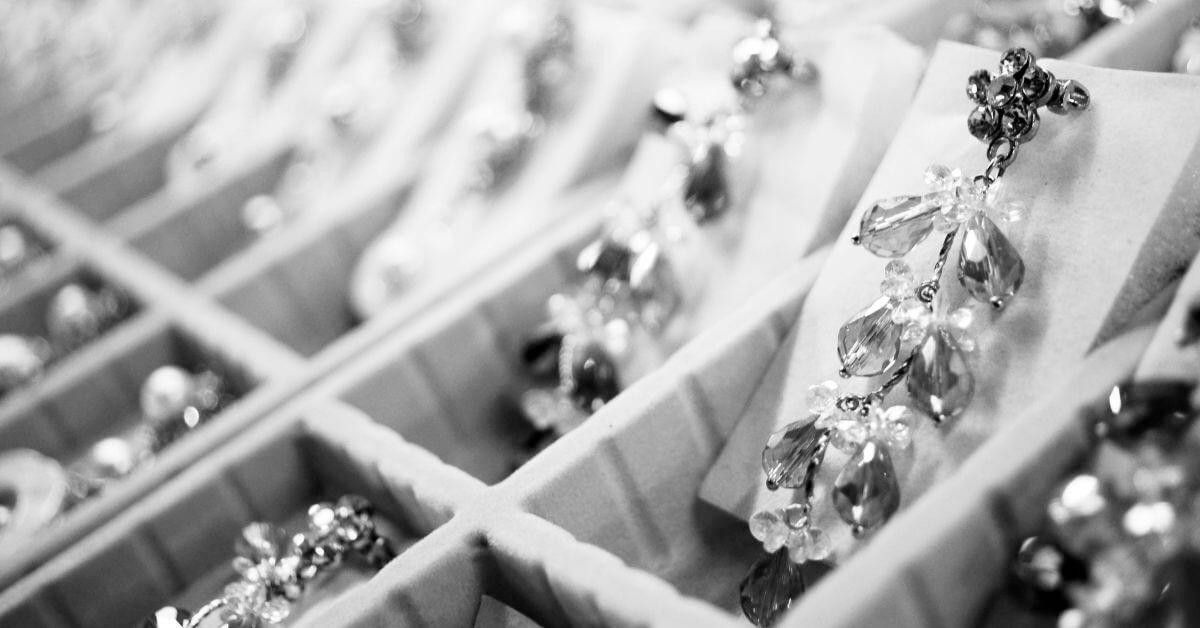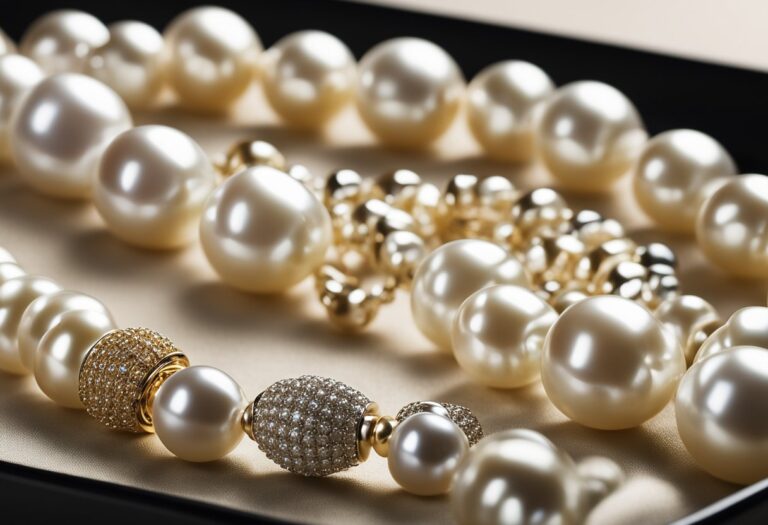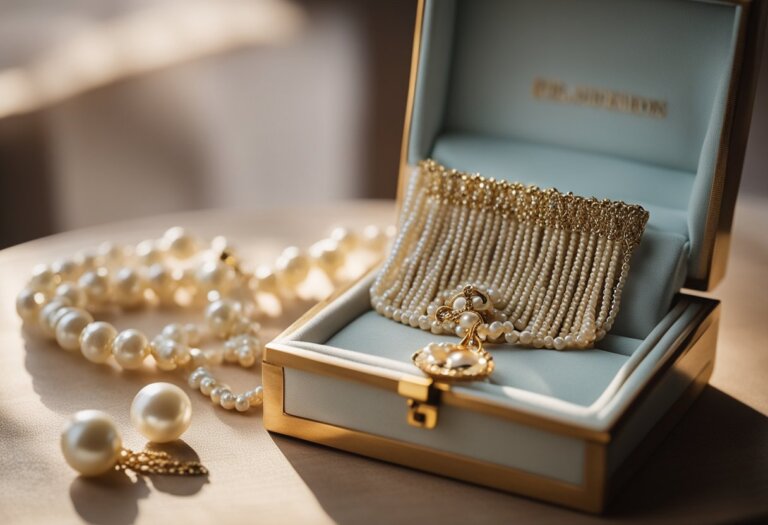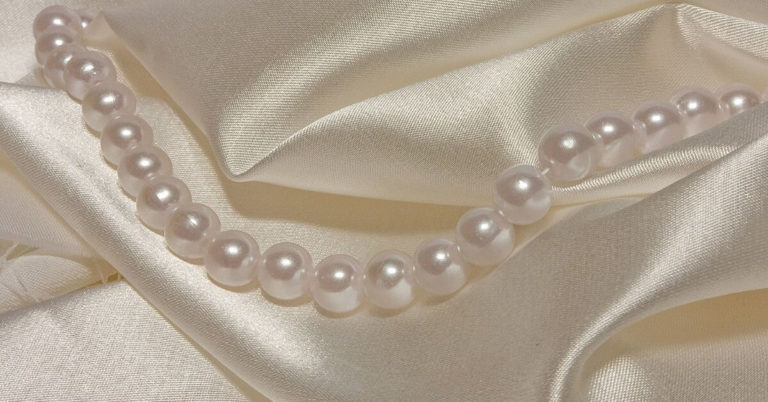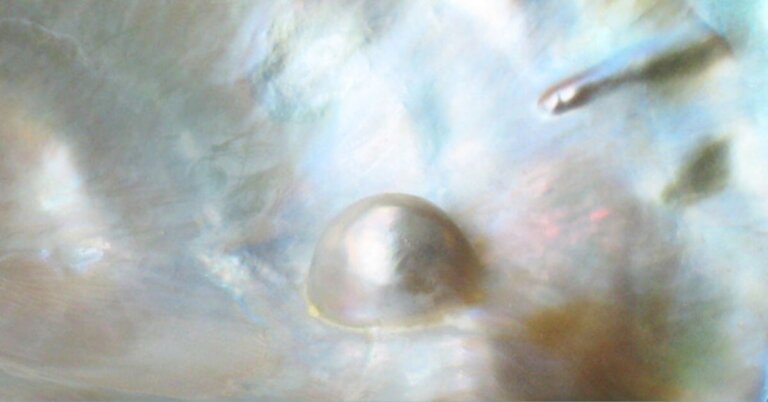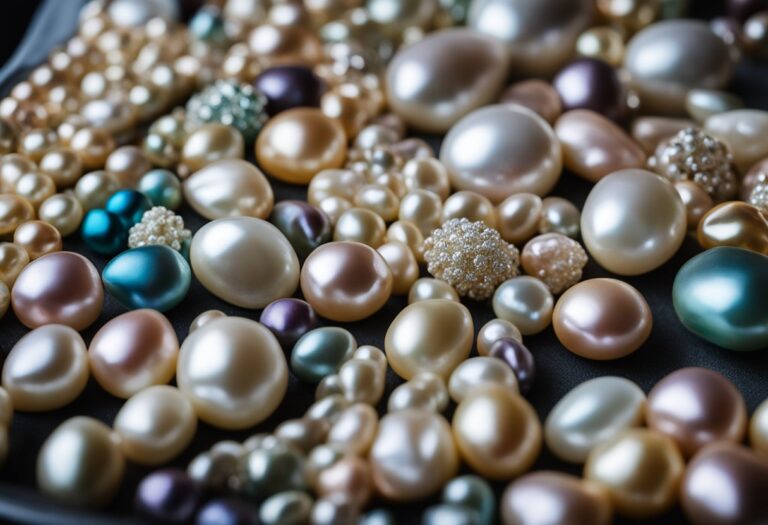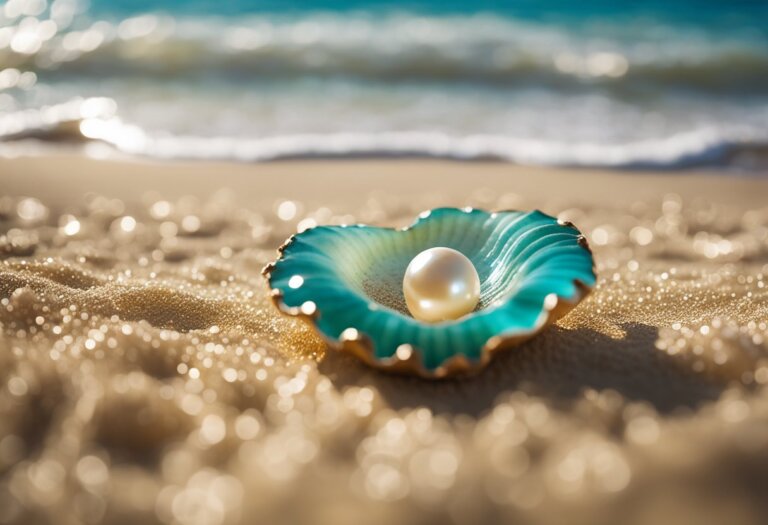What is a Simulated Diamond Cubic Zirconia (CZ)?
Simulated Diamond is such a confusing term. A simulated diamond is also called Cubic Zirconia (CZ). Many who have not heard of the term Simulated Diamond may take it for a natural diamond.
Cubic Zirconia is not a natural diamond. Just by looking, Cubic Zirconia looks similar to a high-grade flawless diamond with its brilliance and crystal clarity. With a naked eye, it is hard to tell a difference but cubic zirconia is a synthesized crystalline material that is colorless, hard, and flawless. Simulated Diamond, Cubic Zirconia CZ Diamond
The Origin of Cubic Zirconia
The cubic zirconia was first discovered in 1892 but at that time it does not attracts much attention as it is now as the natural form of cubic zirconia is zirconium oxide, which is yellow in appearance.
A few decades later, sometime in the early 1930s, some scientists grew interested in the minerals which includes melting the ore.
It was discovered that the mineral didn’t lose its strength when subjected to extremely high heat, but in contrast, it can be made into a high-quality “refractory material.”
Later in 1937, two German mineralogists made an important discovery that brings Cubic zirconia its name. The two scientists found that melted zirconium oxide contained cube-shaped crystals. And thus Cubic Zirconia has a cubic in front of the name, it is to indicate the structure of the minerals.
But it is not until the 1960s, scientists wanted to search for a less expensive material compared to diamonds to be used with lasers and other industrial applications, researchers began to pursue the creation of simulated diamonds. It was during this time that the single-crystal cubic zirconia was rediscovered.
How is cubic zirconia made?
Cubic zirconia crystals are made by melting powdered zirconium and zirconium dioxide together and heating them up to 4,976ºF or 2750ºC. under extreme heat, Cubic zirconia crystals are made.
Cubic Zirconia Storms the Jewelry industry
In 1977, Russian scientists discovered how to actually grow these crystals using a synthetic process. As the technique becomes more refined, the creation of simulated diamonds attracts interest from many Jewelry Giants including popular names such as Swarovski or Pandora.
Sparkle and Brilliance
Because of its diamond-like qualities, low cost, and overall durability. Cubic zirconia is a mineral that is used as a diamond simulant and is the go-to alternative for natural diamonds which are priced 50 times or more than a simulated diamond.
The appearance of Cubic Zirconia (CZ) resemblance to diamonds is so high, that even professionals will have a hard time identifying one from the other.
Advancement in technology allows coating of amorphous diamond on CZ which reinforces the hardness of the CZ and also enhances its luster. These coatings close the gaps between simulated diamonds (Cubic Zirconia) and natural diamonds.
It dulls the fire and improves the refractive index, and will many occasions give a false positive diamond reading when placed under a Raman spectroscope that’s used to authenticate diamonds.
Cubic Zirconia has a rich and fascinating history, which leaves a footprint in both industrial use and the modern Jewelry industry.
It is the go-to precious stone of choice if you are looking for an affordable diamond alternative.
Check out our next article in the Jewelry 101 series to find out more about the difference between a simulated diamond (Cubic Zirconia) and a natural diamond.
Wondering if you’re ready to make the switch from diamonds to this miracle stone yet?

